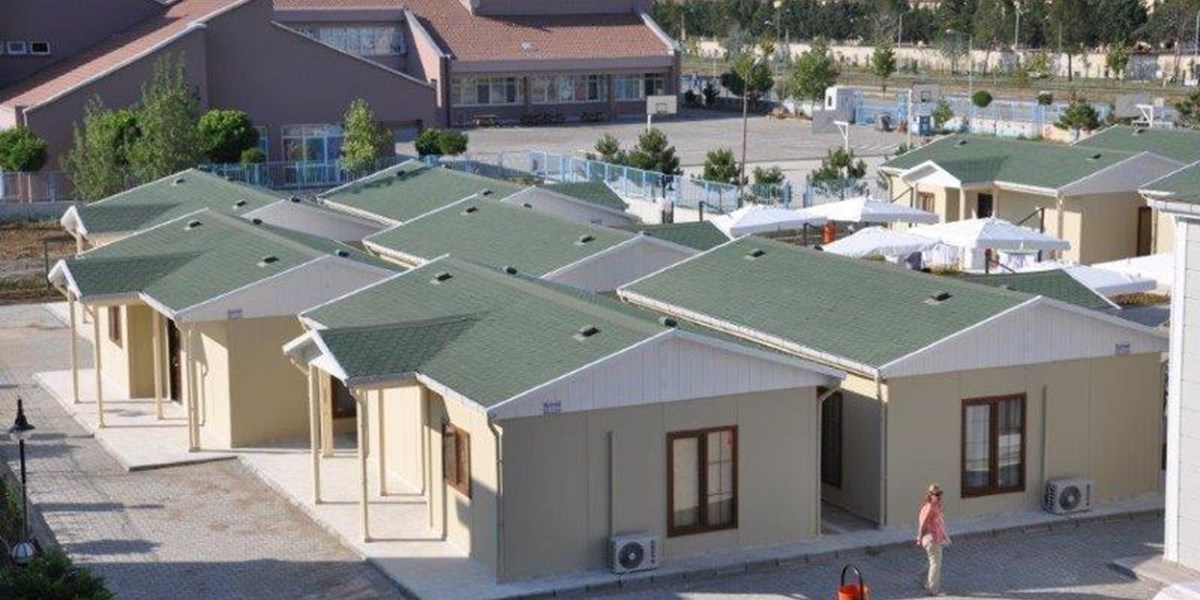Innovative Applications of Foam Concrete in Modern Construction

Foam concrete, also known as Cellular Lightweight Concrete (CLC), is transforming the construction industry with its unique properties and versatility. This lightweight, insulating material offers numerous benefits, making it an ideal choice for various construction applications. This article explores the diverse applications of foam concrete in modern construction, supported by data that highlights its advantages. Additionally, we examine its role in promoting sustainability in the building sector.
Understanding Foam Concrete
Foam concrete is created by mixing a cementitious slurry with a foaming agent, which introduces air bubbles into the mixture. These bubbles significantly reduce the density of the concrete while maintaining its structural integrity. The result is a lightweight, highly insulating material that can be tailored to different construction needs.
Key Applications of Foam Concrete
1. Insulating Walls and Roofs
One of the most common applications of foam concrete is in the insulation of walls and roofs. Its thermal properties help maintain stable indoor temperatures, reducing the need for heating and cooling systems.
Research Data: According to a study published in the Journal of Building Engineering, using foam concrete for roof insulation can reduce indoor temperature variations by 30%, leading to significant energy savings.
2. Lightweight Blocks and Panels
Foam concrete is used to produce lightweight blocks and panels for building construction. These blocks are easier to handle and install, reducing construction time and labor costs.
Case Study: A residential development in India used foam concrete blocks for construction, resulting in a 20% reduction in construction time and a 15% decrease in overall project costs compared to traditional methods.
3. Void Filling and Ground Stabilization
Foam concrete's ability to flow into voids and harden makes it an excellent material for void filling and ground stabilization in construction projects. It is often used in tunneling, pipeline installation, and foundation work.
Research Data: A report by the American Society of Civil Engineers found that using foam concrete for void filling in tunneling projects improved stability and reduced material costs by 25%.
4. Sound Insulation
The cellular structure of foam concrete provides effective sound insulation, making it suitable for use in residential and commercial buildings where noise reduction is a priority.
Research Data: A study by the Acoustical Society of America demonstrated that foam concrete panels reduced sound transmission by 40%, significantly improving acoustic comfort in buildings.
5. Infrastructure Projects
Foam concrete is also utilized in various infrastructure projects, such as roadways, bridges, and tunnels. Its lightweight nature reduces the load on structures, enhancing their durability and longevity.
Case Study: In a highway construction project in the Netherlands, foam concrete was used to fill bridge approaches, resulting in a 30% reduction in material weight and a 20% increase in the lifespan of the bridge.
Sustainability and Foam Concrete
Foam concrete contributes significantly to sustainable construction practices. Its production process generates lower CO2 emissions compared to traditional concrete, and it can incorporate recycled materials such as fly ash. The material's insulating properties also lead to energy savings in buildings, reducing their overall carbon footprint.
Research Data: A study by the Green Building Council found that buildings constructed with foam concrete blocks had a 15% lower carbon footprint over their lifecycle compared to those built with traditional concrete.
Conclusion
Foam concrete is revolutionizing modern construction with its versatility, efficiency, and sustainability. From insulating walls and roofs to void filling and infrastructure projects, the applications of foam concrete are vast and varied. Supported by real data, its benefits in terms of energy savings, cost reduction, and environmental impact are clear. As the construction industry continues to evolve, foam concrete will play a crucial role in building a more sustainable and resilient future.
Cellular Lightweight Concrete Technology
We are one of the leading manufacturers of CLC foam concrete equipments, and have exported to many countries around the world. We can supply machines as part of a production line, or complete turn-key manufacturing plants.
Lightweight Concrete Equipments
Share your project details with us, and we'll ensure the right team member gets back to you promptly.